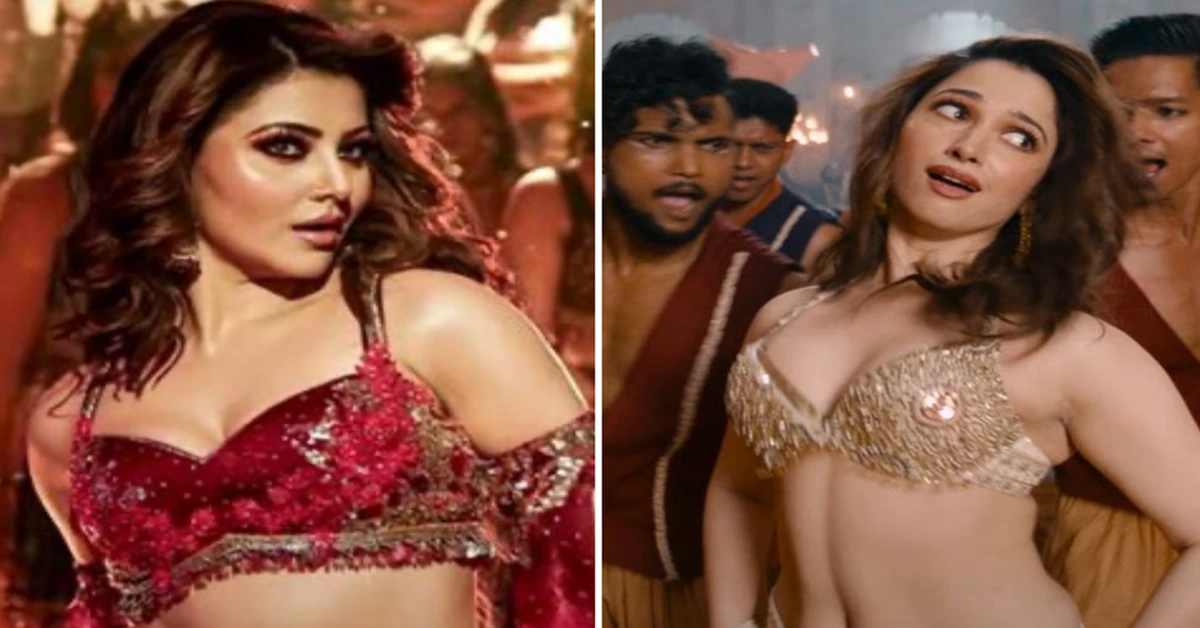
In the evolving landscape of Bollywood, one trend remains stubbornly static: the random insertion of song-and-dance item numbers that serve little narrative purpose.
Films like Jaat and Raid 2, both released in 2025, exemplify this ongoing reliance on what are often called "item numbers"—visually flashy, sexually charged songs shoehorned into the plot with little justification.
These sequences, rather than enriching the story or characters, function primarily as vehicles for voyeuristic pleasure and commercial gain.
The logic is simple: catchy beats and glamorous performers draw eyeballs, drive music sales, and generate viral content for social media, regardless of whether they make sense within the film’s larger arc.
Yet this was not always the case. In earlier decades, even so-called item numbers were often given a sense of narrative placement and emotional weight. Consider Khakee (2004), or Shakti: The Power (2002), where Lara Dutta and Aishwarya Rai’s performance in a high-energy number was imbued with a resonance that elevated the scene beyond mere spectacle.
These were not just bodies dancing for the camera—they were popular faces lending their presence to the dramatic fabric of the film.
In contrast, today’s go-to performers for such numbers—typically Nora Fatehi or Jacqueline Fernandez—are almost exclusively employed for their dance abilities and visual appeal.
They appear out of nowhere, perform to a high-tempo track, and vanish without impacting the narrative. This formula has become increasingly monotonous, lacking the variety and gravitas once brought by mainstream actresses whose presence in such songs added both star power and story significance.
That said, not all recent films fall into this trap. Stree 2 (2024) offers a more thoughtful integration with the song Aaj Ki Raat, which introduces Tamannaah Bhatia as Shama in a special appearance.
Here, the song is not just visual bait—it becomes a stylized moment that aligns with the film’s tone and introduces a new character that pushes the narrative wheel forward.
The difference is clear: Aaj Ki Raat serves the film, while Sorry Bol (Touch Kiya) in Jaat or Nasha in Raid 2 feel more like marketing tools, pasted in to rack up YouTube views and soundtrack sales.
The underlying issue is not the existence of item numbers—it is the intent behind them. When they are included merely to titillate or sell albums, they become disposable distractions. But when treated as cinematic elements that contribute to an organic connection to the film, they can elevate the film. Sadly, the balance today is skewed heavily toward the former. The result is a homogenised musical landscape—where every film has its requisite “number,” but few have the imagination to use it meaningfully.
It is time for Bollywood to re-evaluate how it uses songs in its narratives. Audiences are evolving, and so should the methods by which films appeal to them.
A well-placed, thoughtfully crafted number can still captivate—but only if it remembers to serve the story, not just the algorithm.
ALSO READ | Eight Gripping Web Series Ideas From Assam
Dipankar Sarkar is a film critic who contributes to different publications- both national and international. He is a Research Fellowship from the NFAI, Pune, India, and was one of the panelists for the selection of world cinema at the 27th International Film Festival of Kerala in 2022.